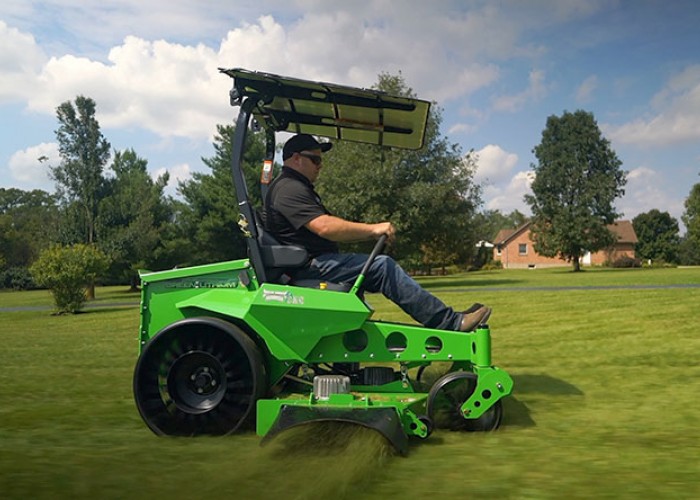Get a Jump on Cold Weather
Plan now to save money when temperatures drop
By Jonathan Susser
Q: Winter and its customary high energy bills have a way of sneaking up on me. What are some tips for saving money this year?
A: Winter is coming, but it doesn’t have to mean huge expenses. Heating systems in general can be big energy hogs, so it makes sense to start there when looking to save. Here are some no- and low-cost steps to consider.
Thermostat
When you’re home, keep your thermostat at as low a temperature as you can tolerate. Try adding a few clothing layers and knocking the temperature down a bit so your heating system doesn’t have to work as hard. If you have a programmable or smart thermostat, adjust the temperature depending on your schedule. And make sure the fan setting is on “auto,” not “on.”
For gas, oil, propane, natural gas and electric furnace HVAC systems, you can save up to 10 percent off your monthly heating and cooling bill by turning back your thermostat by 7 to 10 degrees Fahrenheit for eight hours a day.
For HVAC systems equipped with a heat pump and electric resistance furnace, it is best to maintain a constant thermostat temperature in the winter. This will prevent the more energy intensive electric strip heat from coming on to rewarm the home quickly when you return the thermostat to your desired setting.
Filtration
Check and replace your heating system’s air filter according to manufacturer specifications. Typically, this will be every one to three months. If you are considering a higher efficiency media filter, consult a heating contractor to ensure it is optimized for your system.
Motors
Noisy fans and pumps typically indicate age and inefficiency. The cause could be as simple as a loose bolt in need of adjustment or something more serious, in which case you might benefit from installing a more efficient fan motor or compressor.
Ducts and vents
Duct sealing and sealing cracks and holes can be a big help to your wallet. Check the ductwork for proper connections and any damage, blockages or disconnections. Just like with water lines, all parts of the ductwork should be leak-free.
Is the insulation (either inside or outside the ductwork) still present? If not, patching holes and fastening in place will help maximize the efficiency of your heating system.
When your system is running, is air coming from each supply register? If not, there may be a hole or disconnection in that duct. Also, make sure all supply registers and return grilles are clean and unblocked. If needed, go over them with a vacuum or rearrange furniture to allow for better air movement and heating system efficiency.
Gas furnace
At the gas furnace/air handler, check the exhaust vent condition for fit, damage or blockages, and examine the gas line for kinks and holes. Do you experience any exhaust smells, odors or carbon monoxide alarms when the heat is on? If in doubt, contact a heating contractor for assessment, tune-up and repair.
Heat pump (all-electric)
Is the system’s outdoor unit on level ground and free of grass clippings, mulch and plants? Keep any shrubs at least two feet away to maximize the efficiency and airflow around this component.
Does the system run all the time and not provide heat? Does the outdoor fan not run at all, yet heat still comes out of the system? If either of these scenarios is occurring, you’ll likely need a heating contractor to investigate.
Wrapping up
Take notes during your self-assessment. If you end up deciding to have your heating system serviced, your notes will help your contractor better understand what is and isn’t working. The fall can be a great time for a checkup: The weather is less extreme, and it’s often a slower season for contractors, so they may have more availability and lower prices.
-
More energy advice for around your home
-
Share this story:






